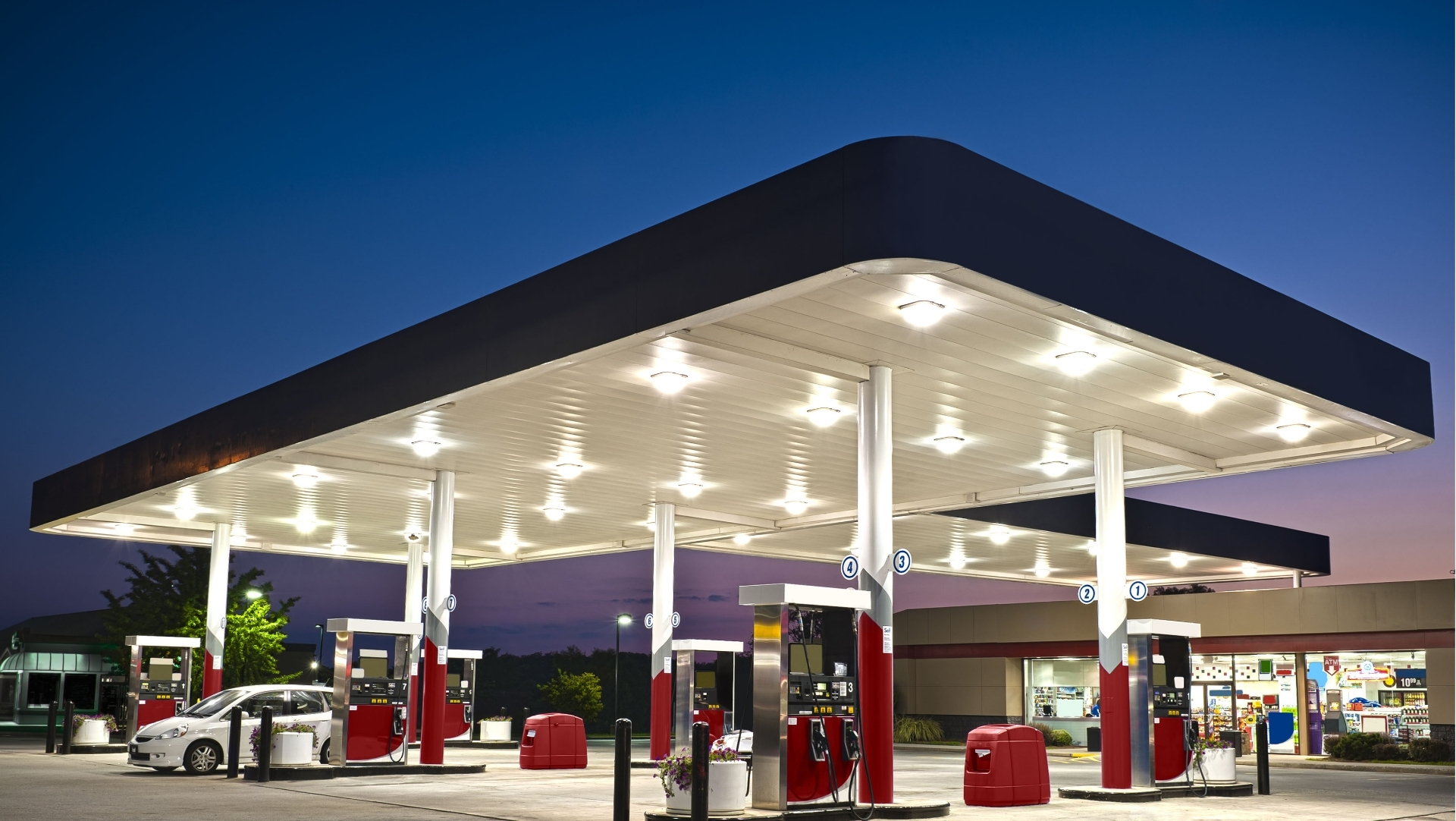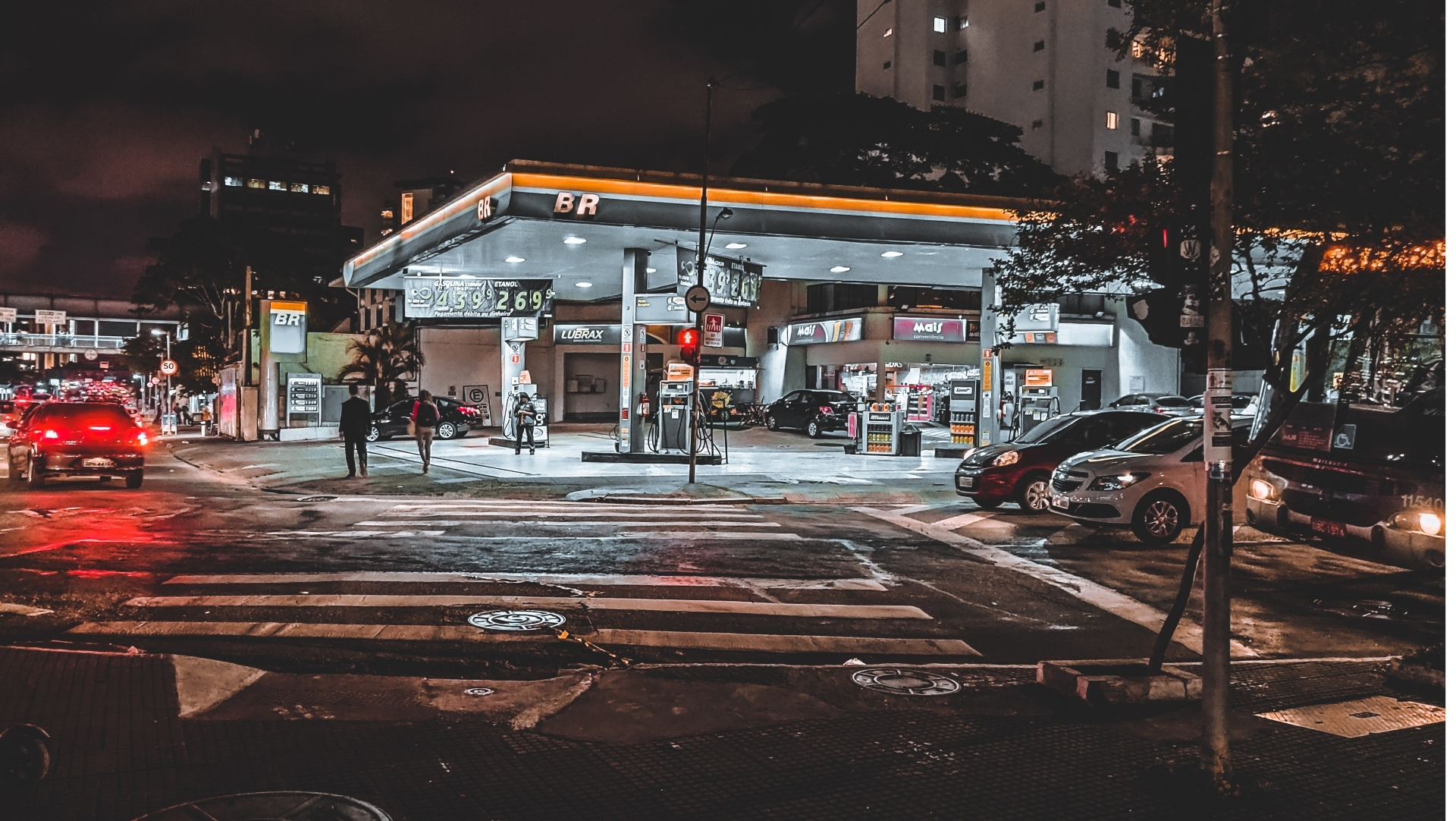The Challenge
Mapping assets in existing gas stations has always been a challenge. Fuel dispensers, underground tanks, canopy structures, signage, and utilities are often spread out, interconnected, and located in high-traffic environments. Traditional surveying methods struggle with accuracy, speed, and safety especially with customers and vehicles constantly moving through the site.
In this particular project, a major utility company needed a comprehensive and precise digital record of their gas station assets. With multiple components across different zones, they wanted a solution that could minimize downtime, increase accuracy, and set the stage for future operational upgrades.
Client’s Initial Hurdles

- Multiple islands, kiosks, lighting poles, and underground assets posed spatial mapping challenges.
- Data collection had to occur without disrupting fuel sales or customer traffic.
- Strict environmental regulations required detailed and accurate records.
- Asset records were outdated or incomplete, leading to confusion during maintenance.
- No centralized visual or digital model of all physical infrastructure existed.






